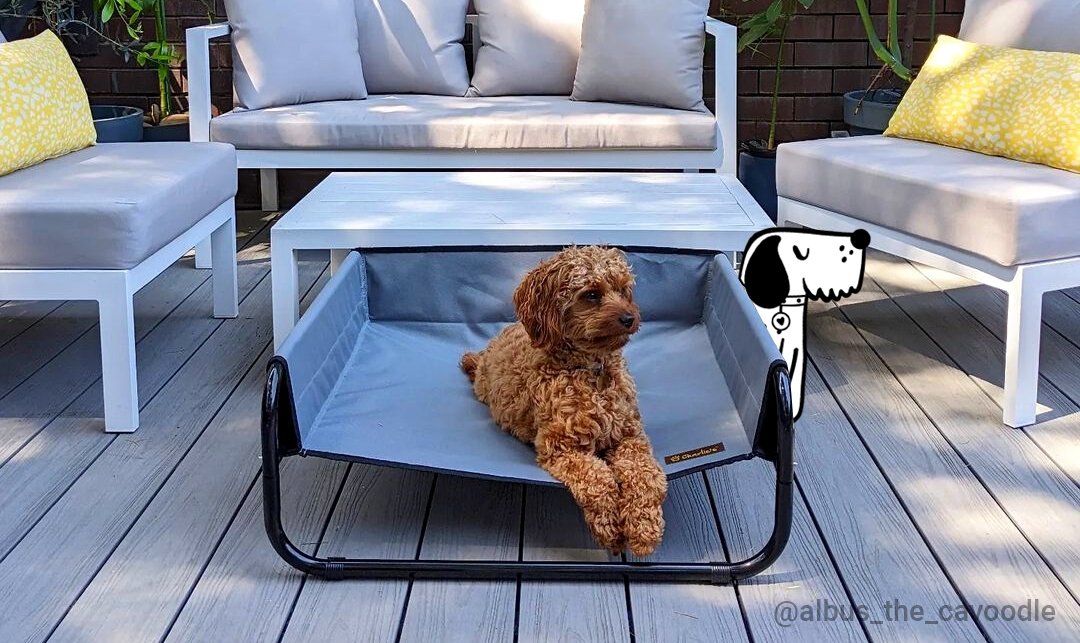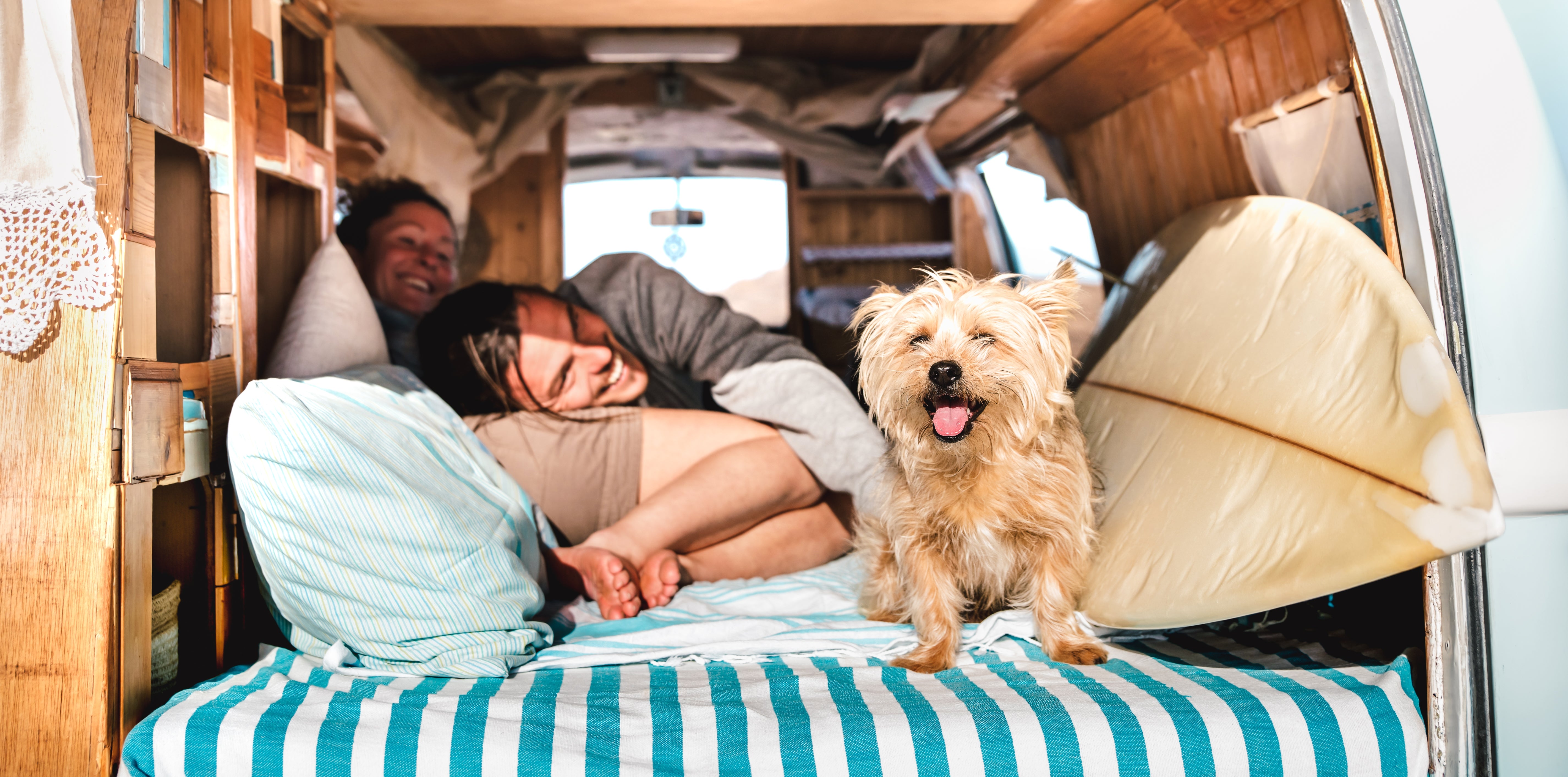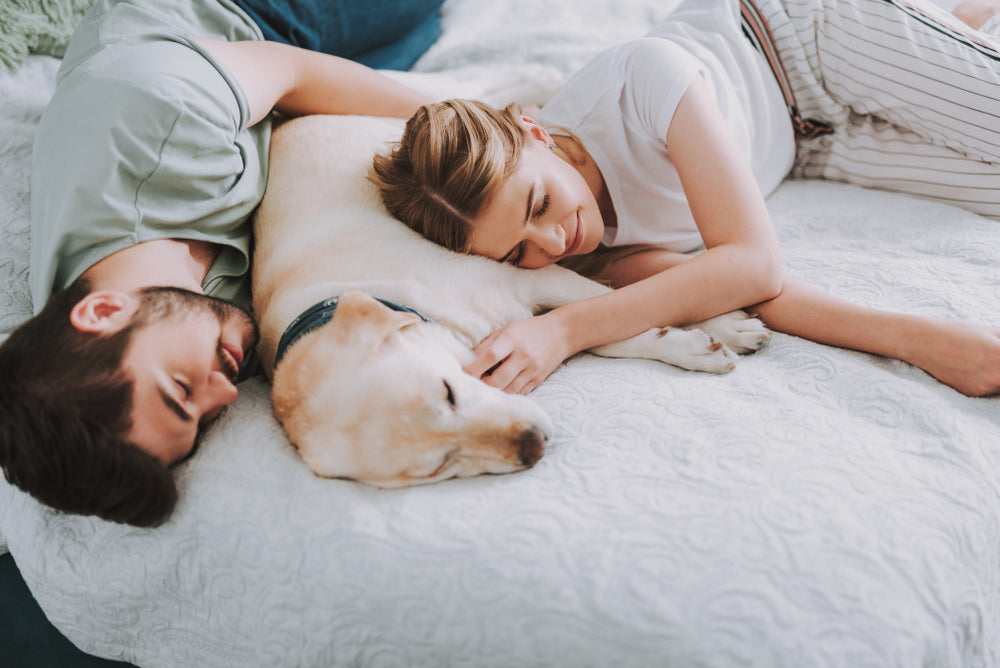Our pets thrive on routine. They like the predictability of their meals, playtime, and other everyday activities. Any change of routine is likely to cause them stress, leading to anxiety, boredom or other signs of distress, like chewing furniture and excessive barking.
So, if you’re moving to a different neighbourhood, got a new job with a different schedule, or if some other change in routine is inevitable, it’s best to prepare your pup or kitty.
In general, preparing your dog, cat or other pets for changes is crucial to ensure they are relaxed and well-adjusted.
1. Give them a taste of the new routine
If you’ll be shifting your work schedule from morning to graveyard shift in a few weeks, for example, try to give your pet a feel of this new routine as early as now. This could mean you going out for a few minutes at night until you find yourself able to stay out for longer without your pet feeling distressed.
The key here is to introduce changes gradually until your pet is no longer bothered by the change. This way, once you shift to your new work schedule, it won’t have a huge negative impact on your cat or dog.
2. Stick to their feeding schedule
One of the easiest ways to minimise the stress of your pet is to stick to their normal feeding schedule. Knowing when their lunch or dinner will be served can do wonders in reducing their stress. The same applies to their daily walks or playtime and other routines.
Feed your pets in style with our Raised Bamboo Feeder.
3. Introduce new routines they enjoy
When your cat or dog makes noise as a sign of distress, engage them in new routines that they can enjoy. Examples of these include integrating a new playtime schedule or massaging your pet to help them relax at certain times within the day.
You can also give your cat or dog a new toy to enjoy playing with for hours. For example, you can get your kitty a cat tree or post that they can play on for several hours. You can also get your dog a soothing cooling bed to lie down on as you give him a massage.
Make sure you do these things when you are free so you won’t be rushing or under stress to finish fast because you have something else to do.
The more exposure your pet gets toward the new routine, the less stressful it becomes for them. Once your cat or dog has adapted to the new schedule, they’ll be looking forward to it the way they did their old routine.
A Charlie’s Cat tree is great for keeping your cats occupied
4. Let your pet know that they have what it takes to be left alone
Your pet has to know they don’t need to be with you 24/7 to be safe. Here are some tips:
- Leave your dog or cat alone in the living room while you go into your bedroom and stay there for a few minutes.
- Put your pet inside their crate with treats, toys, etc. Leave them there for a while, with some relaxing classical music in the background.
- Don't make a big fuss when you’re about to leave or when you arrive home from work. By making coming and going non-events, you’re helping your pet to feel more relaxed – whether you’re there or not around.
As usual, the key here is to do things gradually until you can safely leave your pet for longer durations.
Help Your Pet Adjust
Routine makes our pets feel secure and happy, whilst the opposite could cause problems. If there’s a need to introduce a new routine to your cat or dog, follow the tips shared here to make it a little bit easier on them and on you.













Leave a comment